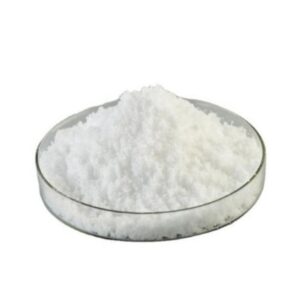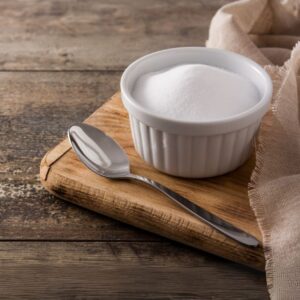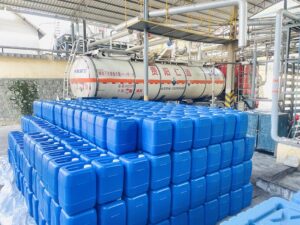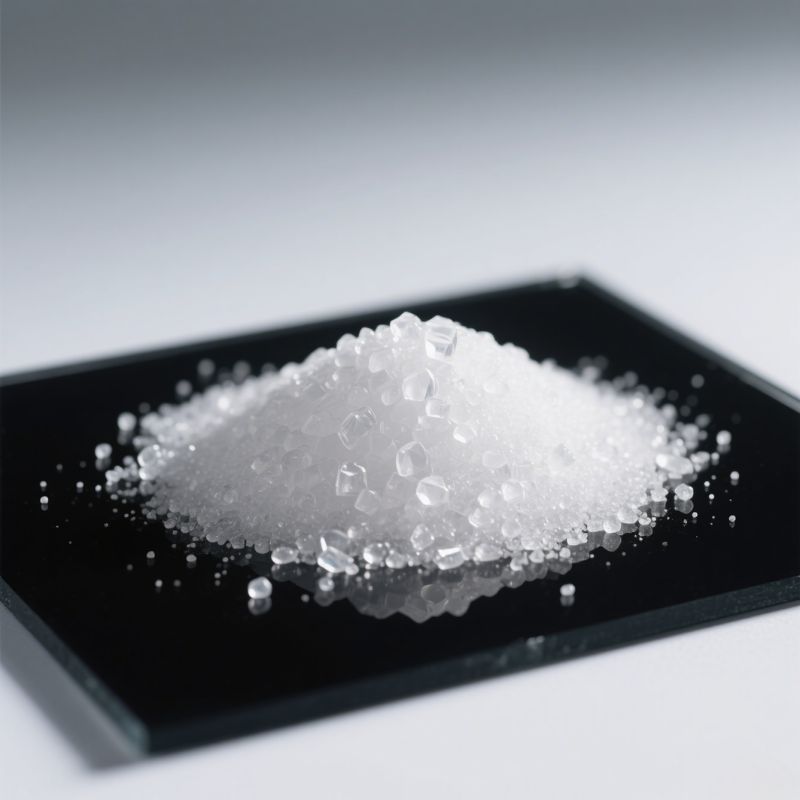
Innovative Applications and Environmentally Friendly Alternatives of Sodium Tripolyphosphate (STPP) in the Detergent Industry
Sodium Tripolyphosphate (STPP): Learn about its innovative uses in detergents and environmentally friendly alternatives shaping the future of cleaning products.









